As the sun sets over Isfahan’s horizon, casting a golden hue upon the newly revived passageway, one cannot help but feel a sense of awe and gratitude for breathing new life into a forgotten slice of history at the heart of this timeless city.
Iran (IMNA) - The passageway was officially opened to the public in an inauguration ceremony that took place on Wednesday evening, graced by dignitaries from the Ministry of Cultural Heritage, Tourism, and Handicrafts, Isfahan municipality officials, travelers, local residents, and members of the media.
Situated in the proximity of the illustrious Sheikh Lotfollah Mosque and the UNESCO-registered Naghsh-e Jahan Square, the new promising hangout stands as a testament to the city’s dedication to preserving its rich cultural heritage.
Experts believe the inauguration of the Aqa Nourollah Najafi Passage marks a valuable moment for the city, saying it may serve as an exemplary model for other cities on Iranian soil.
In an interview with the Tehran Times conducted in his office, Mohammad-Ali Izadkhasti, the managing director of the urban renewal and regeneration organization of Isfahan Municipality, mentioned the organization’s two-year-long mission to conceptualize the Aqa Nourollah Najafi Passage.
“The passage’s rebirth is not merely a reconstruction; it is a meticulous preservation effort that salvaged centuries-old architectural elements,” Izadkhasti said.
Izadkhasti further elaborated on the conclusion drawn from many brainstorming sessions, saying the creation of a pedestrian-centric space to support the eastern and southern sides of the historical Imam Square and the local residents was deemed the most effective plan for this passage.
He highlighted the incorporation of remnants of past arches and arcades in the revitalization plan of the Aqa Nourollah Najafi Passage. “Remnants from demolished historical homes were conserved and integrated into the passage, creating an ambiance reminiscent of traversing among historical houses.”
Elsewhere in his remarks, he underlined the diligent work of native young architects who merged ancient designs with modern expertise, safeguarding segments of centuries-old walls, arches, house foundations, facades, house yards, niches, arcades, and house gardens. Among the renovated cobblestones, these preserved fragments stand as silent yet eloquent reminders of Isfahan’s bygone eras, inviting passersby to immerse themselves in the forgotten moments of the city’s storied past.
Alireza Izadi, who presides over the tourism ministry’s office for registration, protection, and revitalization of cultural heritage, said the urban fabric of this passage, with its historical significance dating back to the Safavid era, has undergone alterations due to the dynamic life of its inhabitants across different periods.
The official expressed regret over an unpleasant incident that occurred about eight years ago, leading to the destruction of the Aqa Nourollah Najafi Passage to transform it into a street.
Izadi welcomed that a pedestrianization plan for this historical passage had gotten off the ground with a tourism-oriented approach and suitable uses.
Izadi stressed that the organization of the Aqa Nourollah Najafi Passage on the eastern flank of Imam (Naghsh-e Jahan) Square serves as a model for other cities with ancient historical textures across the country.
Talking to the Tehran Times, Isfahan’s Mayor mentioned the halt in street development plans following the destruction of the historical fabric of this passage due to increasing demands for cultural heritage and tourism.
Ali Qasemzadeh highlighted the distinct living conditions within the historical fabric and stressed the necessity to facilitate amenities for residents in these areas. The revitalization plan for the demolished sections of the Aqa Nourollah Najafi Passage commenced last summer (2022), costing over 30 billion tomans (some $600,000).
The inauguration ceremony was a vibrant tapestry of cultural performances, speeches honoring the city’s legacy, and a collective celebration of Isfahan’s resilience and dedication to preserving its historical identity. The passage’s rebirth symbolizes a promising future where cities can harmonize their rich pasts with contemporary innovation, setting a precedent for cultural preservation and urban revitalization not only in Iran but across the globe.
Additionally, the Cultural Heritage and Tourism Organization of Isfahan declared readiness to facilitate the establishment of surrounding residences for tourist attractions like traditional houses and restaurants around the passage.
A new charm
What sets this newly revived texture apart is not just its historical significance but also the panoramic vistas it offers. Visitors are treated to breathtaking views of the creamy dome of the Sheikh Lotfollah Mosque and the turquoise dome of the Imam Mosure, enhancing the allure of the passage and weaving together the city’s architectural tapestry with its majestic landmarks.
Adding another layer of significance to this revitalized passage is its namesake, Aqa Nourollah Najafi (1859 – 1927). Najafi was a pivotal figure in the Persian Constitutional Revolution, a political leader whose legacy echoes through Iran’s history. Naming the passage after Najafi serves as a tribute to his enduring influence and dedication to advancing political reform during a pivotal period in Iran’s evolution.
As locals and tourists alike traverse the cobblestone pathway, they find themselves transported through time, reliving fragments of Isfahan’s glorious past. The fusion of preservation and modernity stands as a testament to the city’s commitment to honoring its heritage while embracing progress.
The Aqa Nourollah Najafi Passage stands as a beacon, beckoning travelers to immerse themselves in the beauty of Isfahan’s illustrious past while embracing the promise of a vibrant future.
Half the world?
Isfahan was once a crossroads of international trade and diplomacy in Iran and now it is one of Iran’s top tourist destinations for good reasons.
When Shah Abbas the Great became ruler of Persia’s Safavid dynasty in 1587, he chose Isfahan as his capital and undertook to make it eclipse all other cities. During his reign, he built so many palaces, mosques, gardens, and bridges that the inhabitants boasted: “Isfahan nesfe Jahan”— “Isfahan is half the world.” The subtle nickname implies that seeing Isfahan is relevant to seeing half the world.
Shah Abbas’s immediate successors continued the beautification. According to a contemporary, Isfahan, a city of 600,000, had 162 mosques, 48 colleges, 273 public baths, and no fewer than 1,802 caravanserais — open courtyards surrounded with buildings, which served as medieval tourist parks where travelers could find water for their camels and food and lodging for themselves.
The city is filled with many architectural wonders, such as unmatched Islamic buildings, bazaars, museums, Persian gardens, and tree-lined boulevards. It’s a city for walking, getting lost in its mazing bazaars, dozing in beautiful gardens, and meeting people. Moreover, it is renowned not only for the abundance of great historical bridges but also for its ‘life-giving river’, the Zayandeh Road, which has long bestowed the city an original beauty and fertility.
The cool blue tiles of Isfahan’s Islamic buildings, and the city’s majestic bridges, contrast perfectly with the encircling hot, dry Iranian countryside.
The huge Imam Square, best known as Naghsh-e Jahan Sq. (literary meaning “Image of the World”), is one of the largest in the world (500m by 160m), and a majestic example of town planning. Constructed in the early 17th century, the UNESCO-registered square is punctuated with the most interesting sights in Isfahan.
The square was at the heart of the Safavid capital’s culture, economy, religion, social power, government, and politics. It is hemmed on four sides by magnificent buildings: to the east, the Sheikh Lotfollah Mosque; to the west, the palace of Ali Qapu; to the north, the portico of Qeysarieh; and to the south, the eminent Imam Mosque.
Tehrantimes
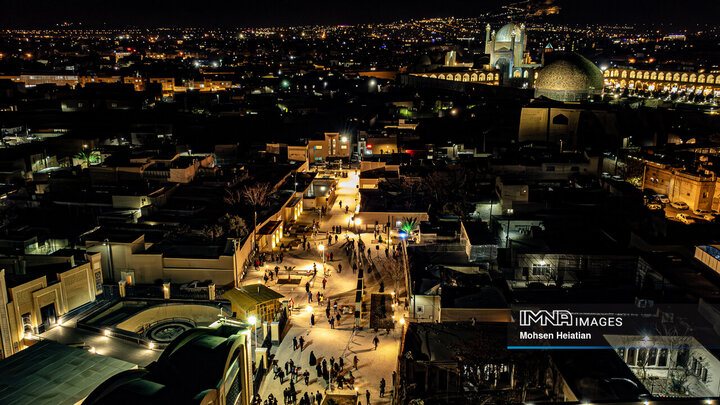
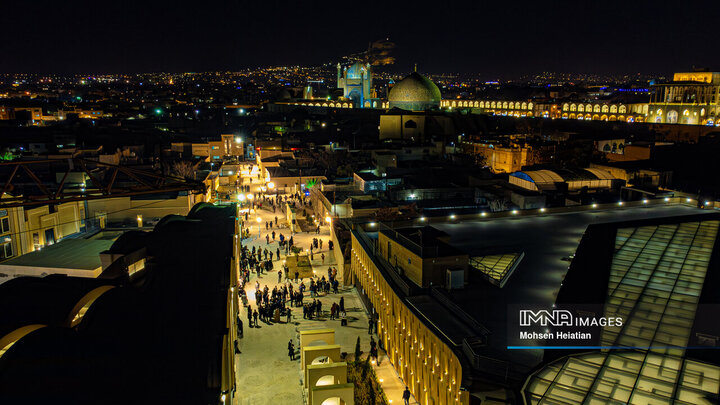
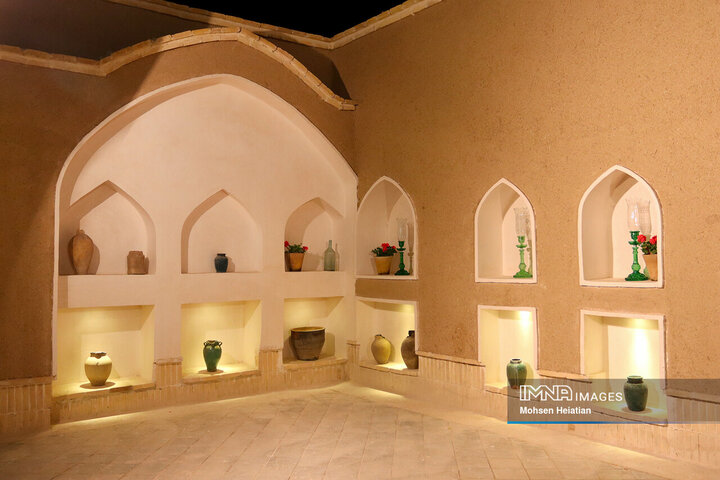
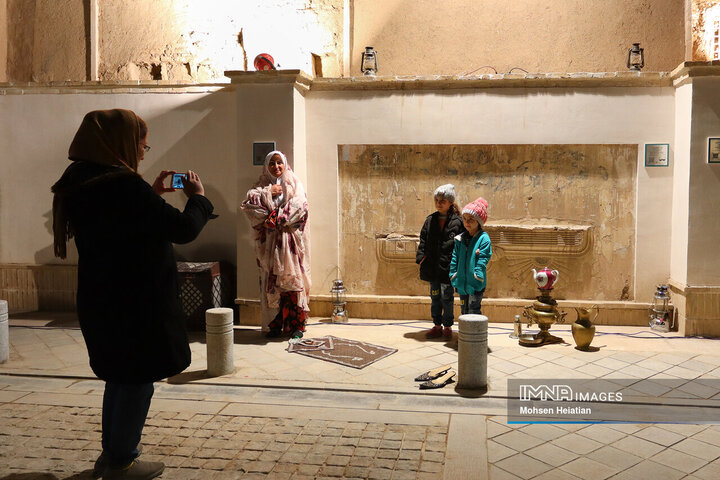
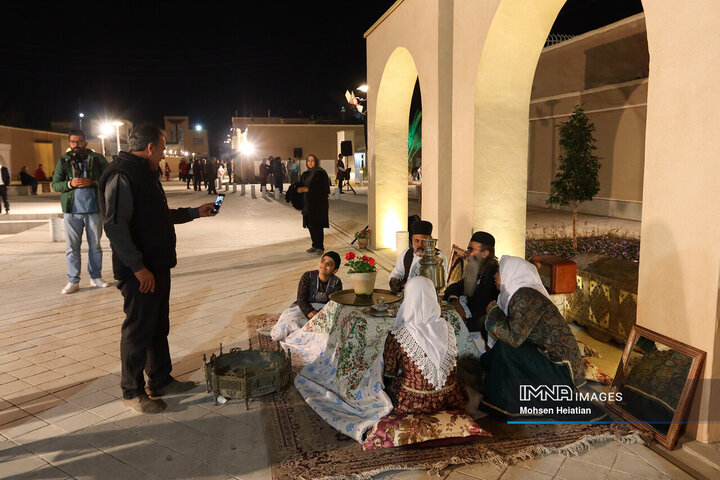
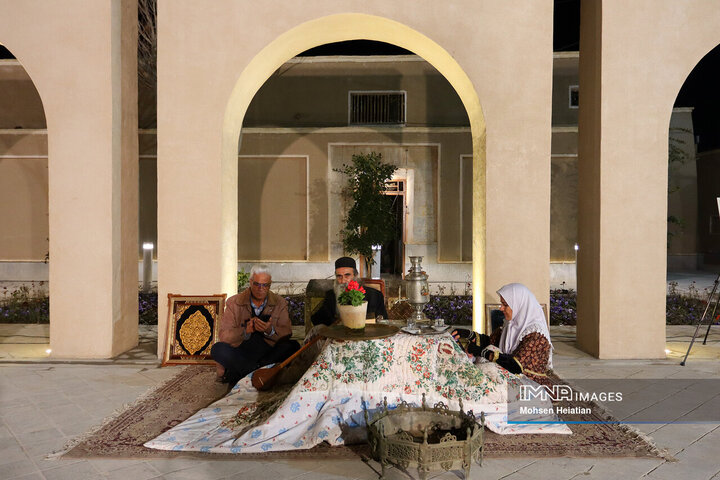
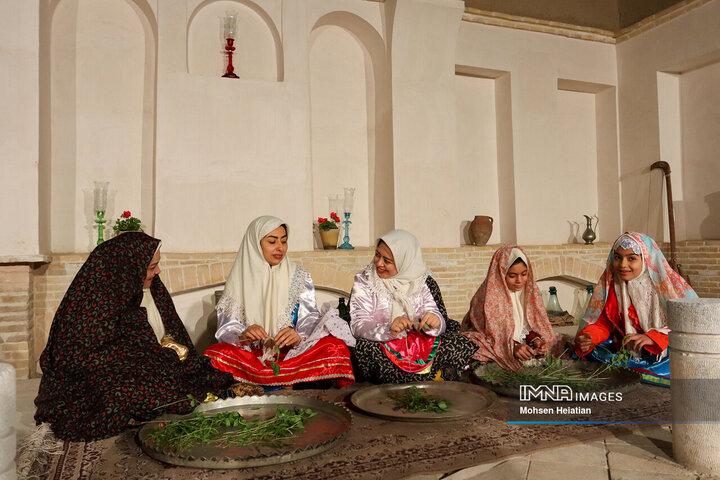
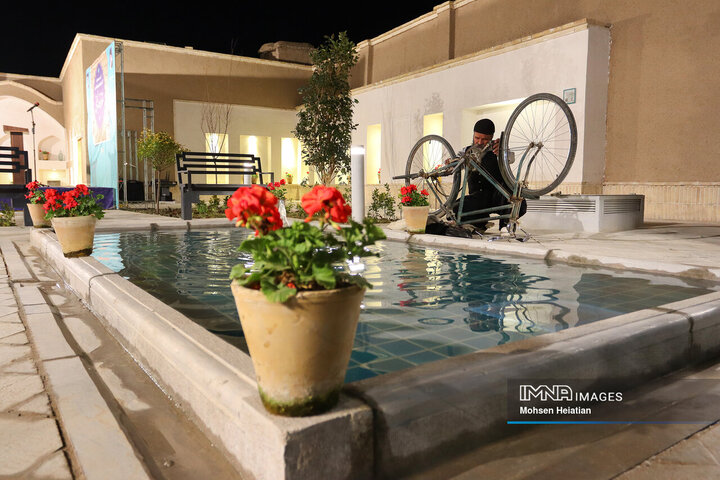
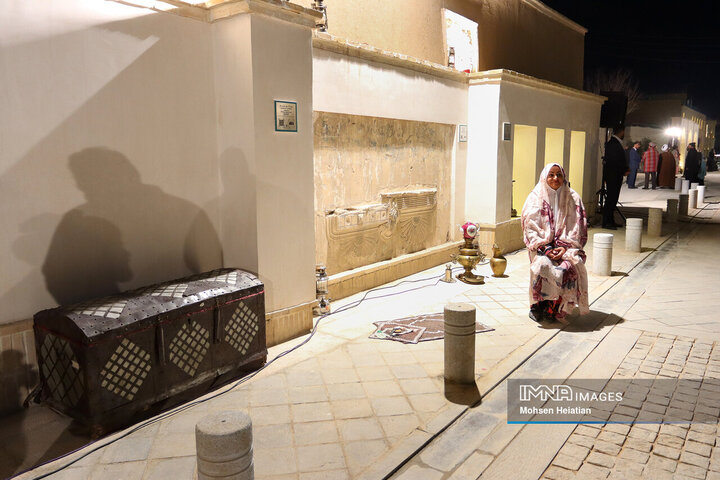
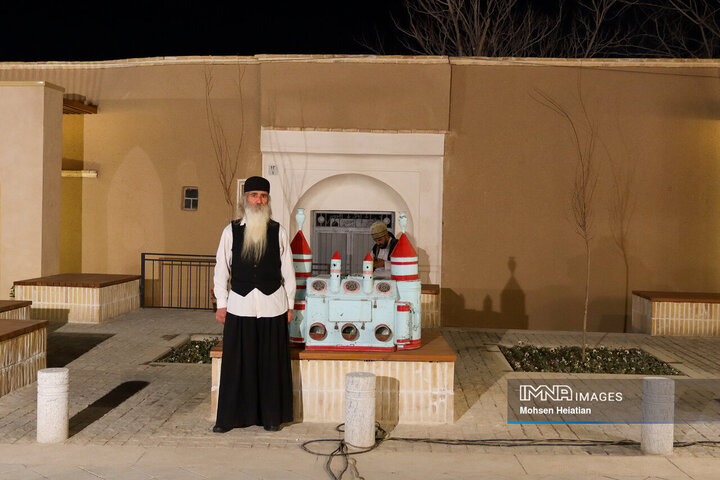
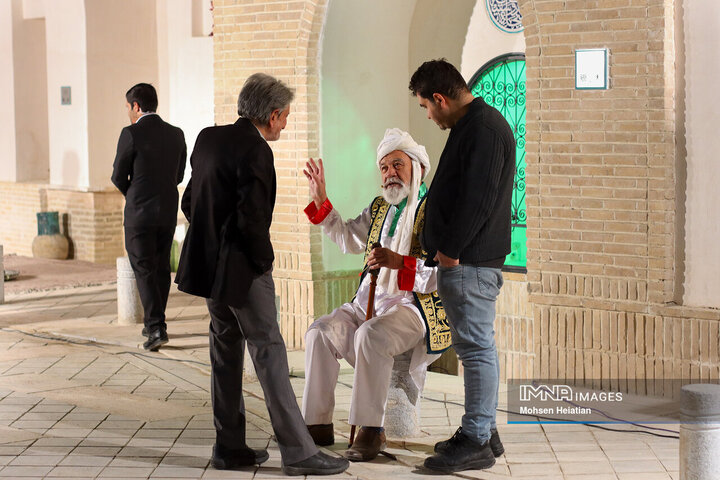
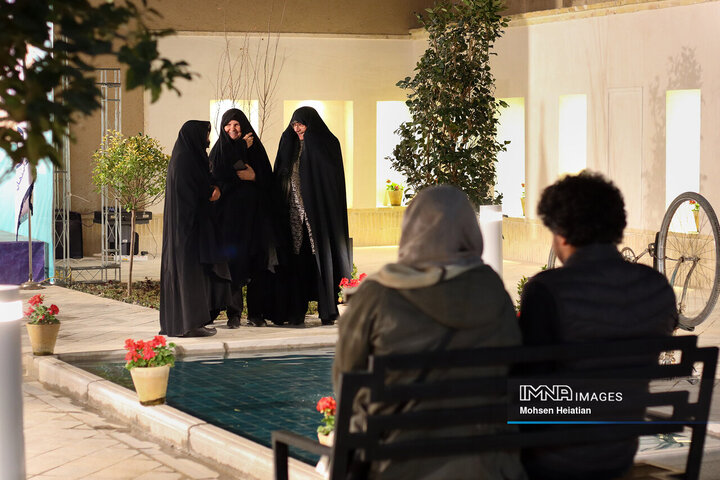
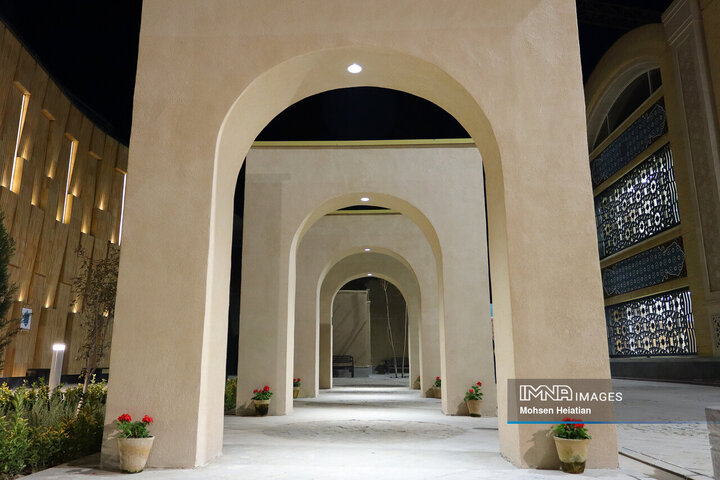
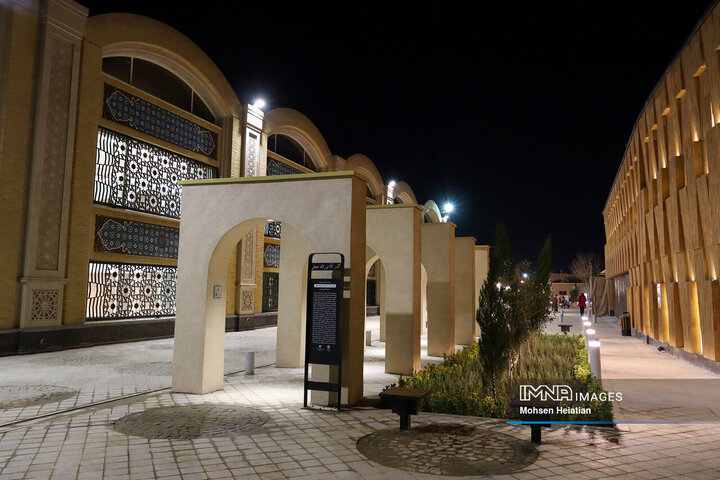
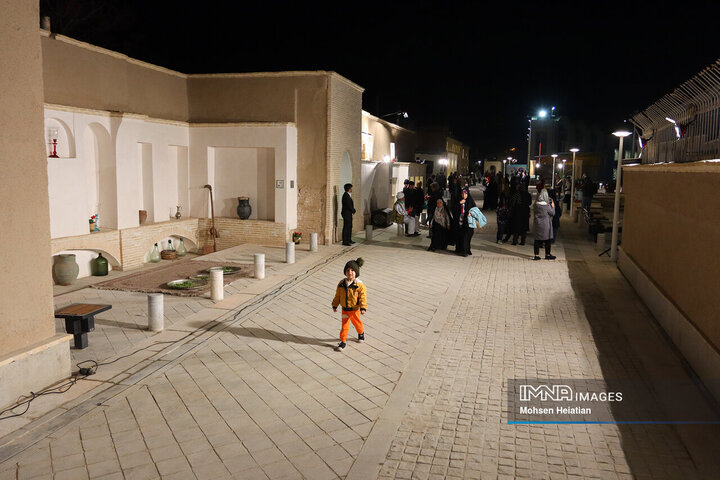
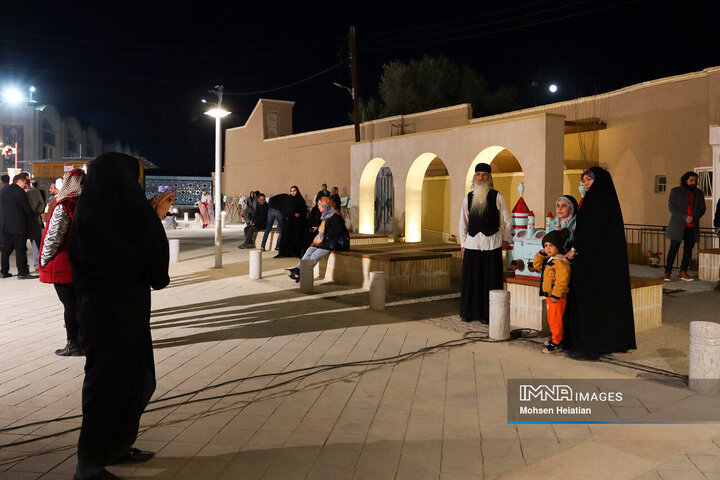
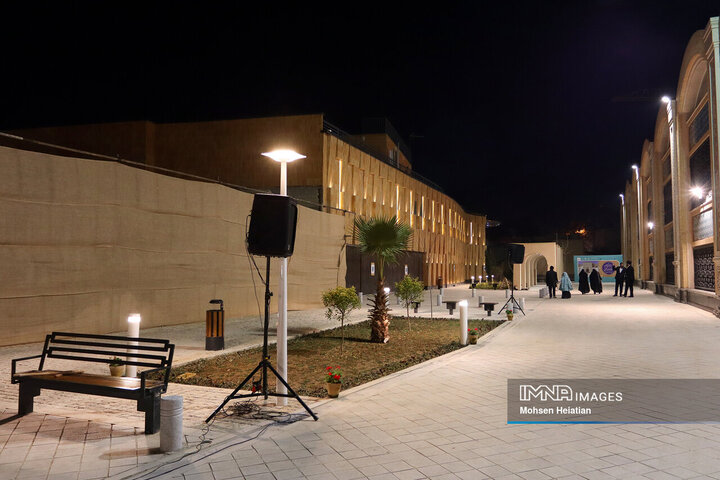

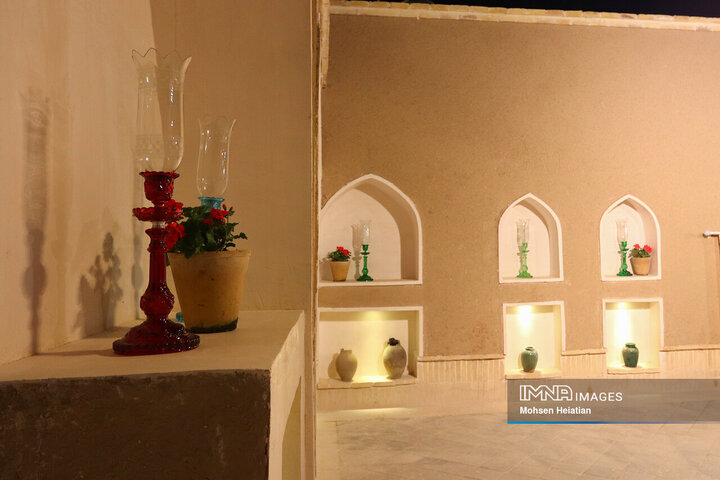
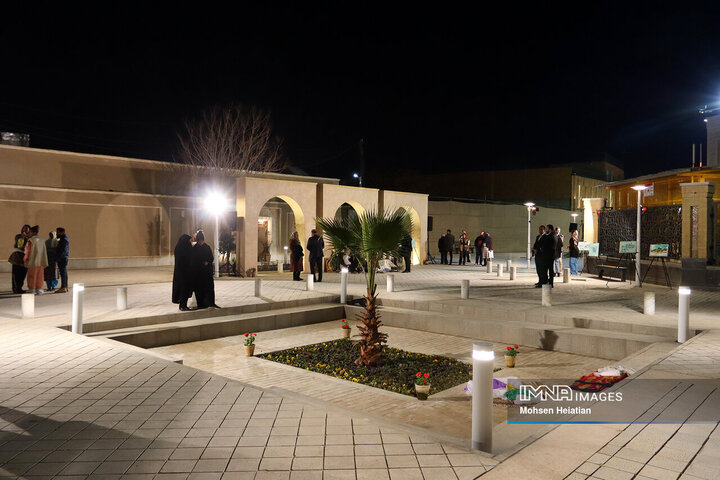

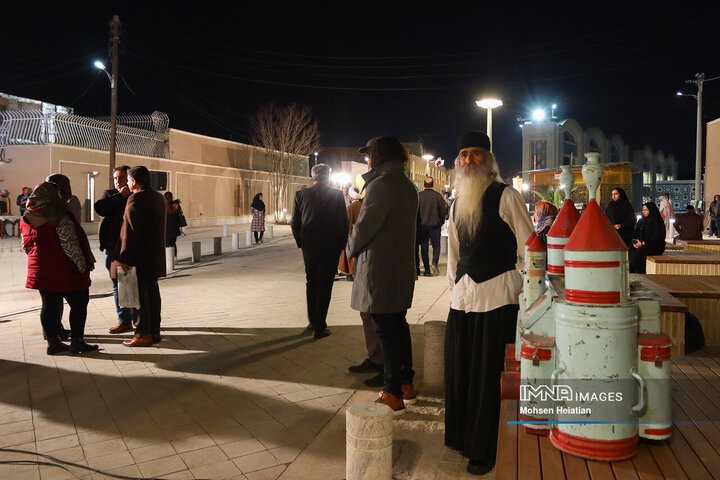
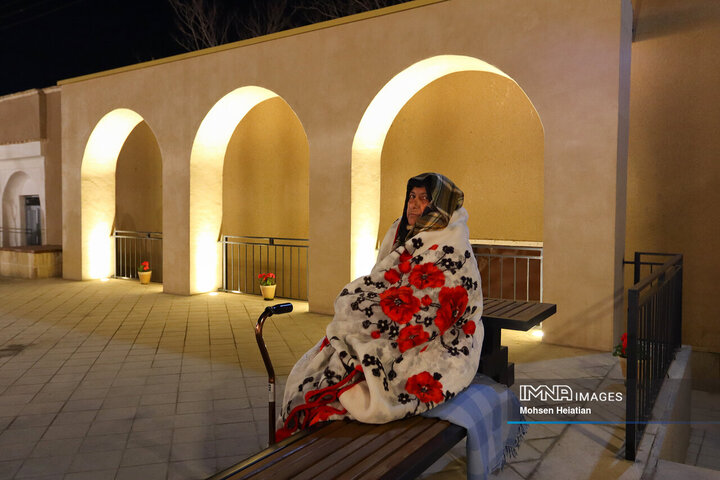
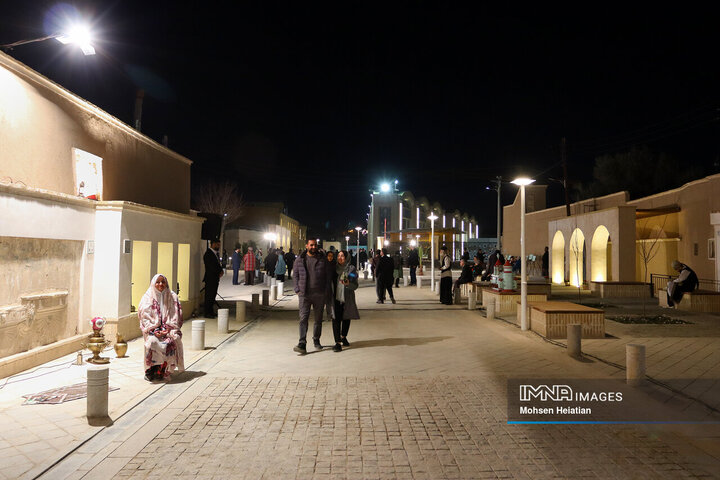
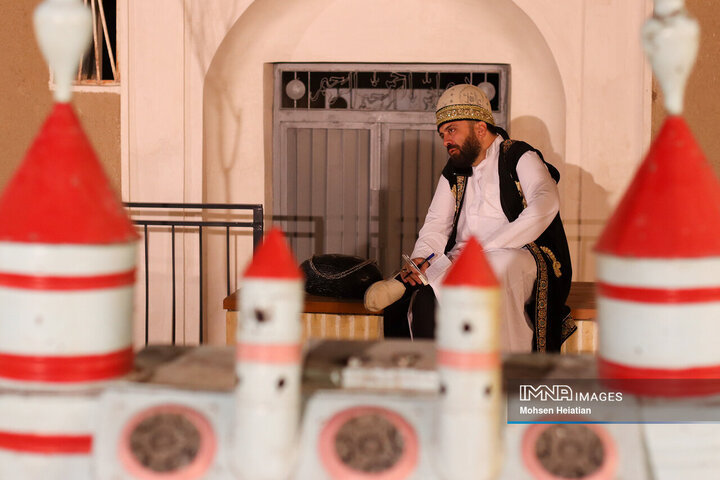
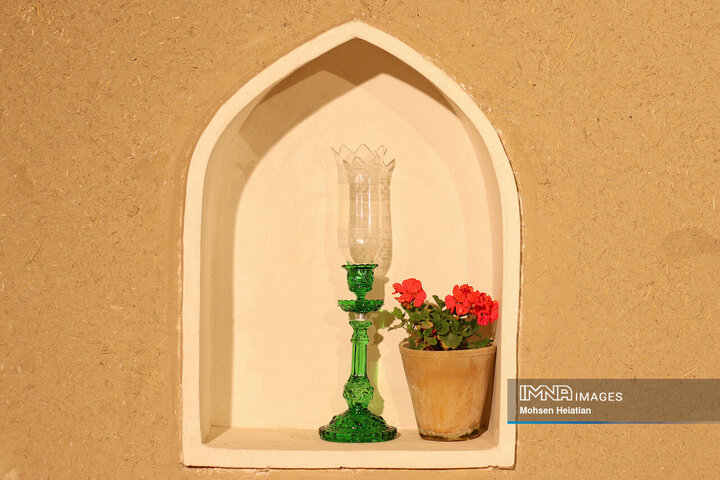

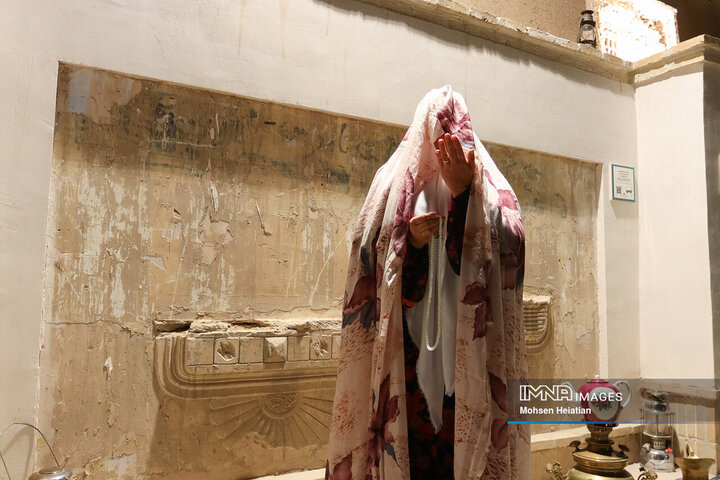
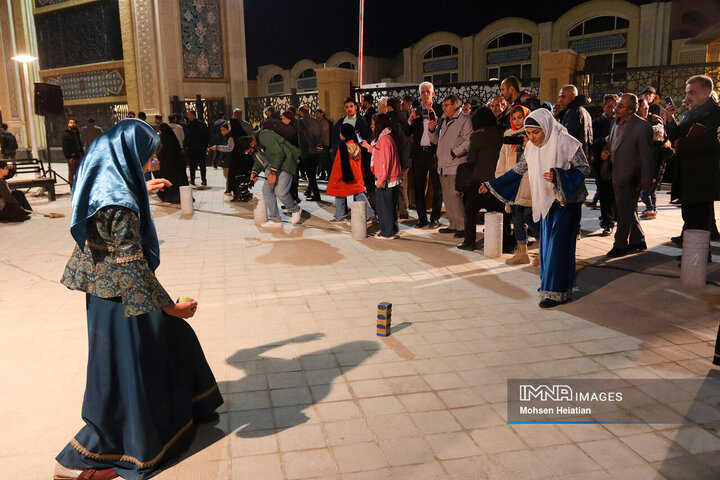
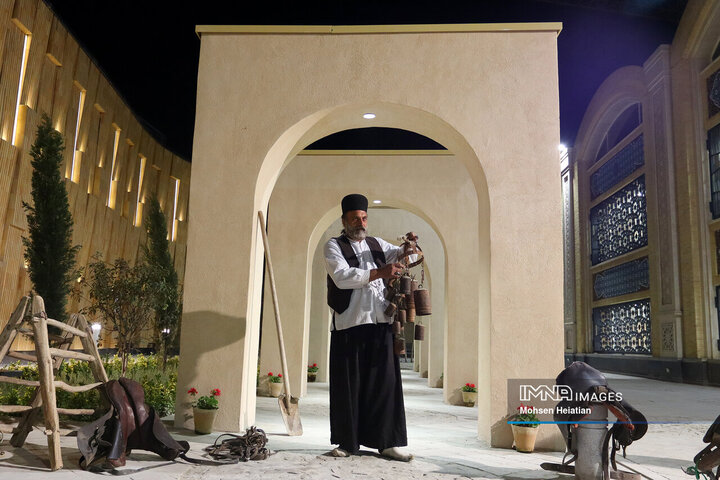
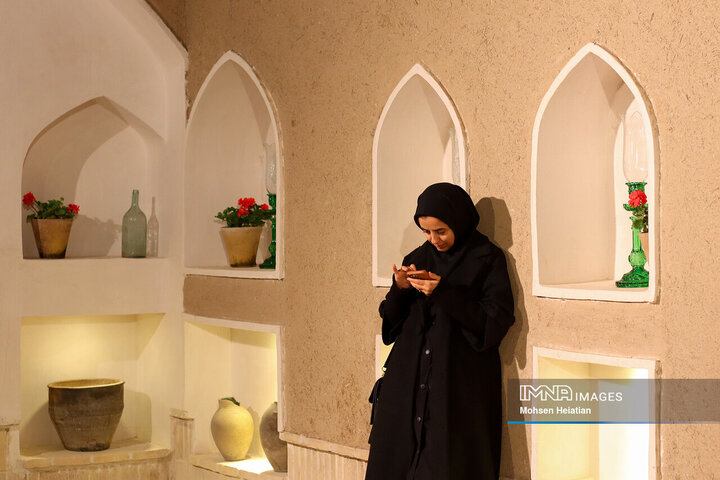


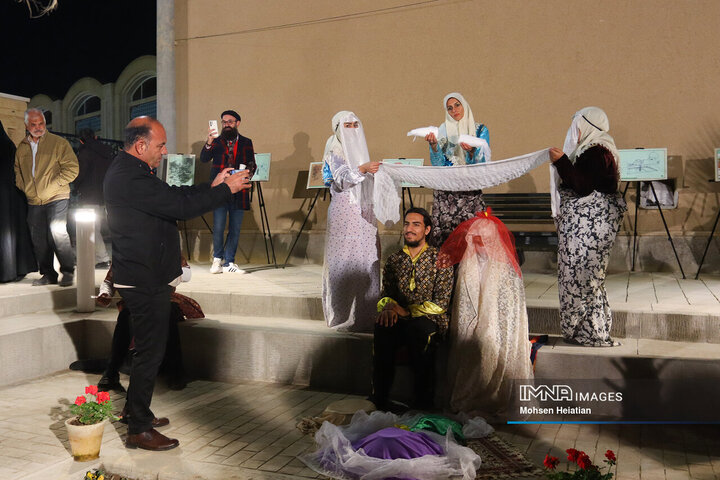
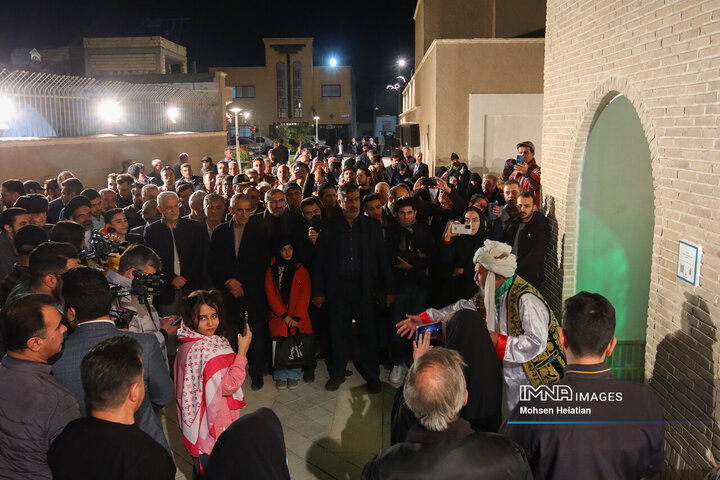
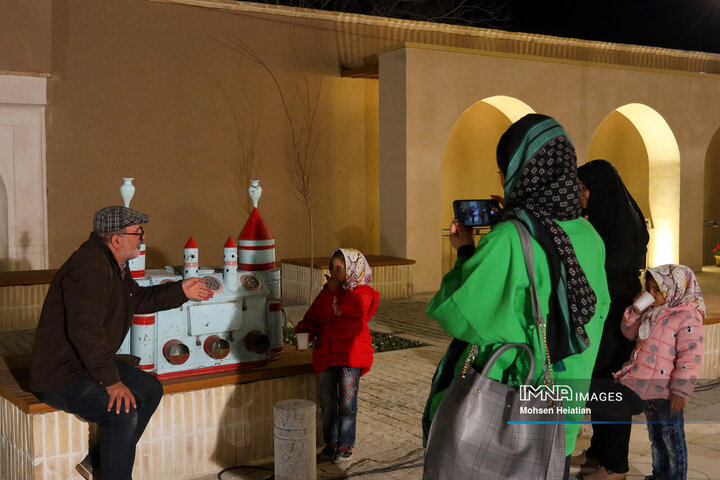
Your Comment